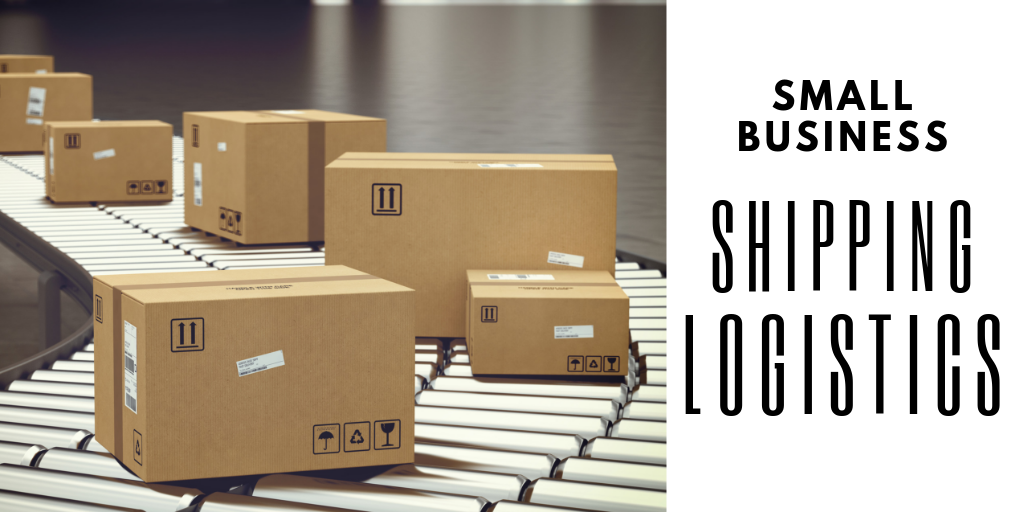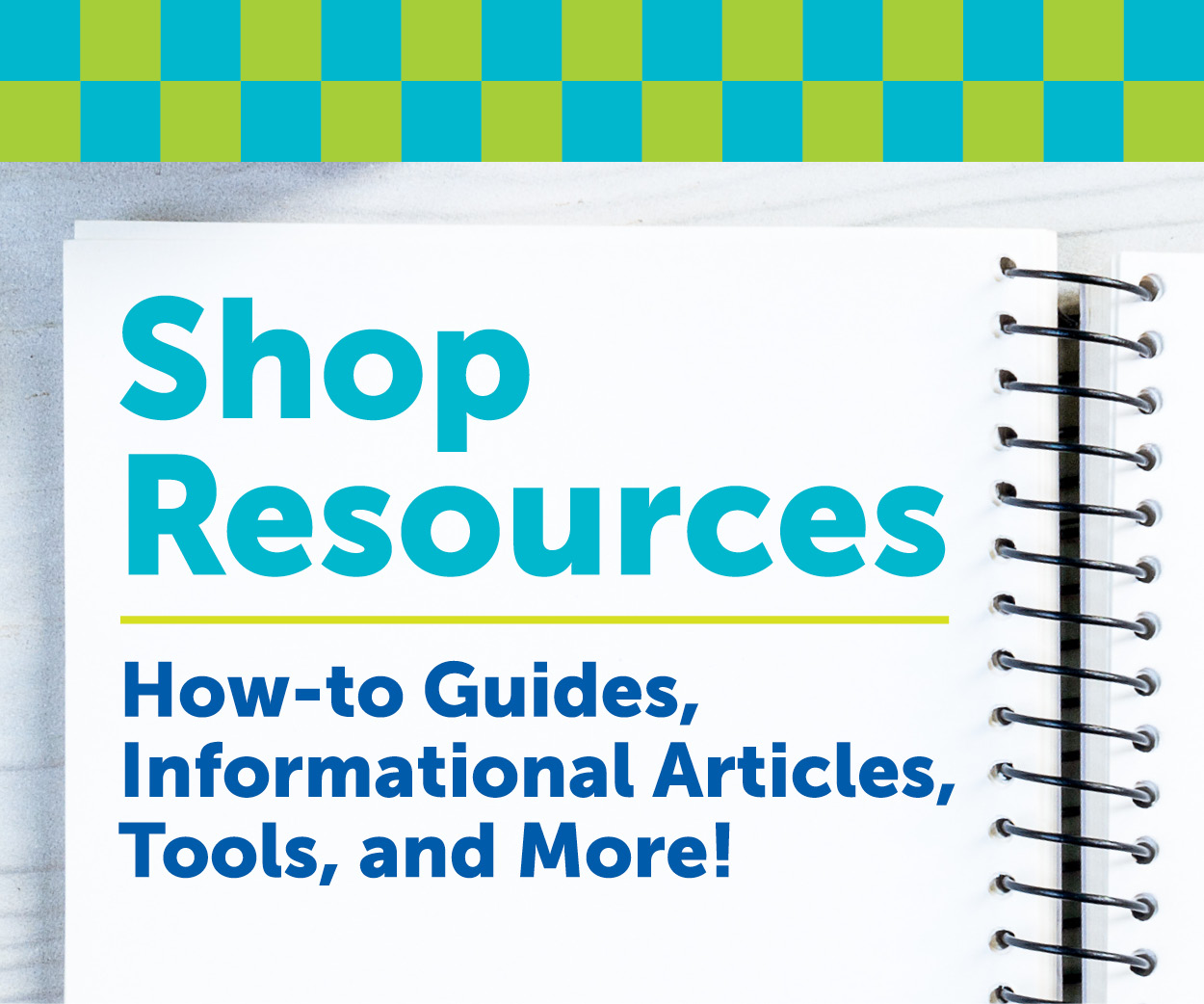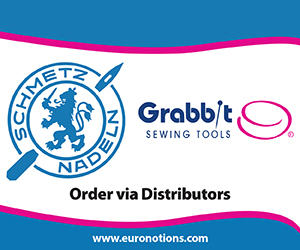
Open up your email on any given day and you’ll find an email from one of your favorite stores. Everyone is running email campaigns nowadays, and because of that, it has become so much more than just sending a blast to your devoted customer base.
Read on to find out what email marketing services are offering and what it means for your business.
List segmentation
Email list segmentation is a marketing technique where you segment your marketing list on a number of conditions to ensure relevant communications are being sent to the right customers.
Think about how annoying it is to receive a lot of emails from one company; you don’t like it happening to you so try to avoid doing it to your customers.
List segmentation done right means more opens per campaign and other higher data points. There are a variety of ways to segment your contact list, and how you do it depends on the goals you have set for your business.
Consider adding a “new customer” contact list that automatically sends a welcome email to any first-time shoppers.
Other ways include tagging certain customers based off their interests, or products they tend to buy. You can spend as much time on this as you’d like as the options are pretty limitless. Segmenting can be done by activity, inactivity, location, and so much more.
Email marketing services
Email marketing services offer different things, so again, the best campaign system for your business hinges on the goals you set forth.
The top seven services out there right now are:
- AWeber
- Campaigner
- Constant Contact
- GetResponse
- iContact
- MailChimp
- VerticalResponse
It’s hard to know which is best for you without playing with them to find out which is easiest to use. Some services link directly with social media, but if you’re okay with adding the links every time then maybe that’s something you can live without. Some services offer an abundance of templates and others are more customizable.
Other services make contact management much easier within their system; others Excel spreadsheets still beat. By paying more, some services even allow email tracking and much more data on your users.
To help narrow the search, check out this article for a more in-depth breakdown on which of these seven will be a good fit for you.
If you’re looking for more information to guide you in owning a retail business, subscribe to American Quilt Retailer today. Already a subscriber? No worries—join our Facebook group for insights and dialogue from industry specialists like you.













